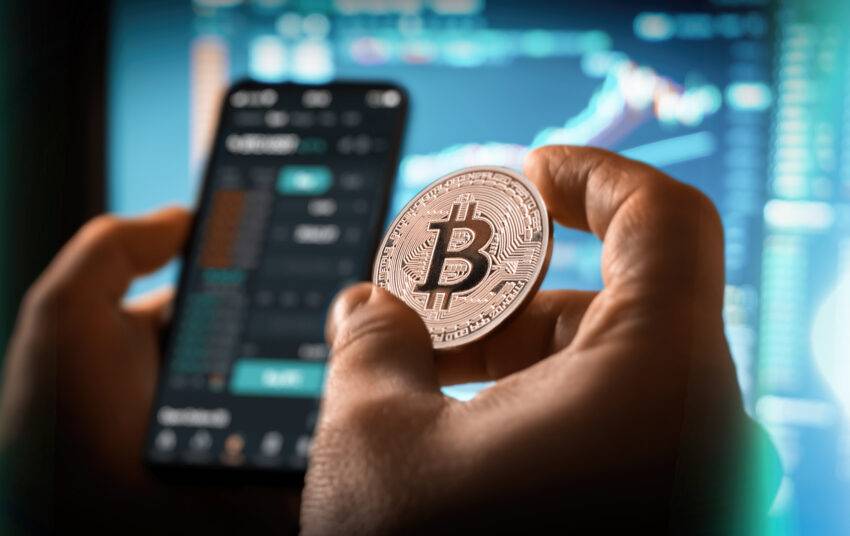Cryptocurrencies have surged into the financial world, reshaping our perspectives on money, transactions, and investments.
Whether you’re an experienced trader or a newcomer venturing into the digital asset realm, the process of buying and selling cryptocurrencies may appear intricate and daunting initially.
A common method to selling Bitcoins for cash involves transferring cash to your bank account through wire or automated clearing house transfer (ACH) after selling your BTC on a crypto exchange. Another approach to selling your BTC, utilizing services from cryptocurrency exchanges, allows you to spend it using one of the many cryptocurrency-oriented payment cards available in the market.
Users have the option to deposit funds into exchanges to acquire cryptocurrencies or deposit their existing cryptocurrencies for crypto-to-crypto trading. If you buy BNB with credit card for instance, that’s an example of how to buy and sell crypto in this way. A crypto exchange serves as a reliable intermediary, facilitating the sale and conversion of bitcoins into fiat currencies such as dollars, Japanese yen, Malaysian Ringgit, pounds, or euros.
Cryptocurrency exchanges are platforms where users can trade digital currencies, including popular cryptos like Bitcoin, Ethereum, Litecoin, and traditional currencies such as U.S. dollars and euros. These exchanges vary, ranging from simple websites with basic cryptocurrency trading functionality to digital wallets connected to banks, and fully-fledged crypto exchanges equipped with order books, market makers, and more. Given the proliferation of exchanges, it’s crucial to exercise caution, as not all are legitimate. Expert analyses, like the Immediate Momentum Review and others, can provide insights to help users trade their crypto safely and reliably.
Selling Peer-to-Peer
When engaging in Peer-to-Peer selling, individuals can bypass the conventional banking system to a certain extent. This involves accepting payments in cash, utilizing payment applications like PayPal, or reaching an agreement through the exchange of goods or services.
To begin using banking services that involve cryptocurrencies, you initially need to purchase digital currencies such as Bitcoin, Litecoin, Ethereum, or any other currency you intend to invest in. The primary method to convert any cryptocurrency into cash involves using an exchange or a broker, similar to the currency exchange systems found in foreign country airports. The process resembles currency exchanges at airports in a foreign country. A third-party exchange broker will convert your Bitcoins into cash at a preset rate.
To convert your cryptocurrency to cash, a bitcoin ATM will generate an invoice for you to sell your cryptocurrency at the agreed-upon rate. In addition to purchases, you can also use each card to withdraw cash from ATMs that accept VISA or MasterCard. While you might need to drive or walk to the bitcoin ATM physically, you will be able to purchase bitcoins instantly when you arrive at an ATM. You can convert Bitcoins to cash using cryptocurrency exchanges such as Coinbase, Binance, Gemini, Kraken, or ChangeHero.
When you are ready to sell some or all of your bitcoins or buy or sell Ethereum, there are various ways to do it, including online crypto exchanges, direct online or in-person peer-to-peer (P2P) transactions, and via Bitcoin (BTC) ATMs. Users at some emerging exchanges go through a similar series of steps to sell their bitcoin, Ethereum, and other assets for US dollars. Depending on your crypto debit card, you may be able to load the card through a number of different methods, such as through cryptocurrency accounts, wire transfers from bank accounts, or through other credit and debit cards.
